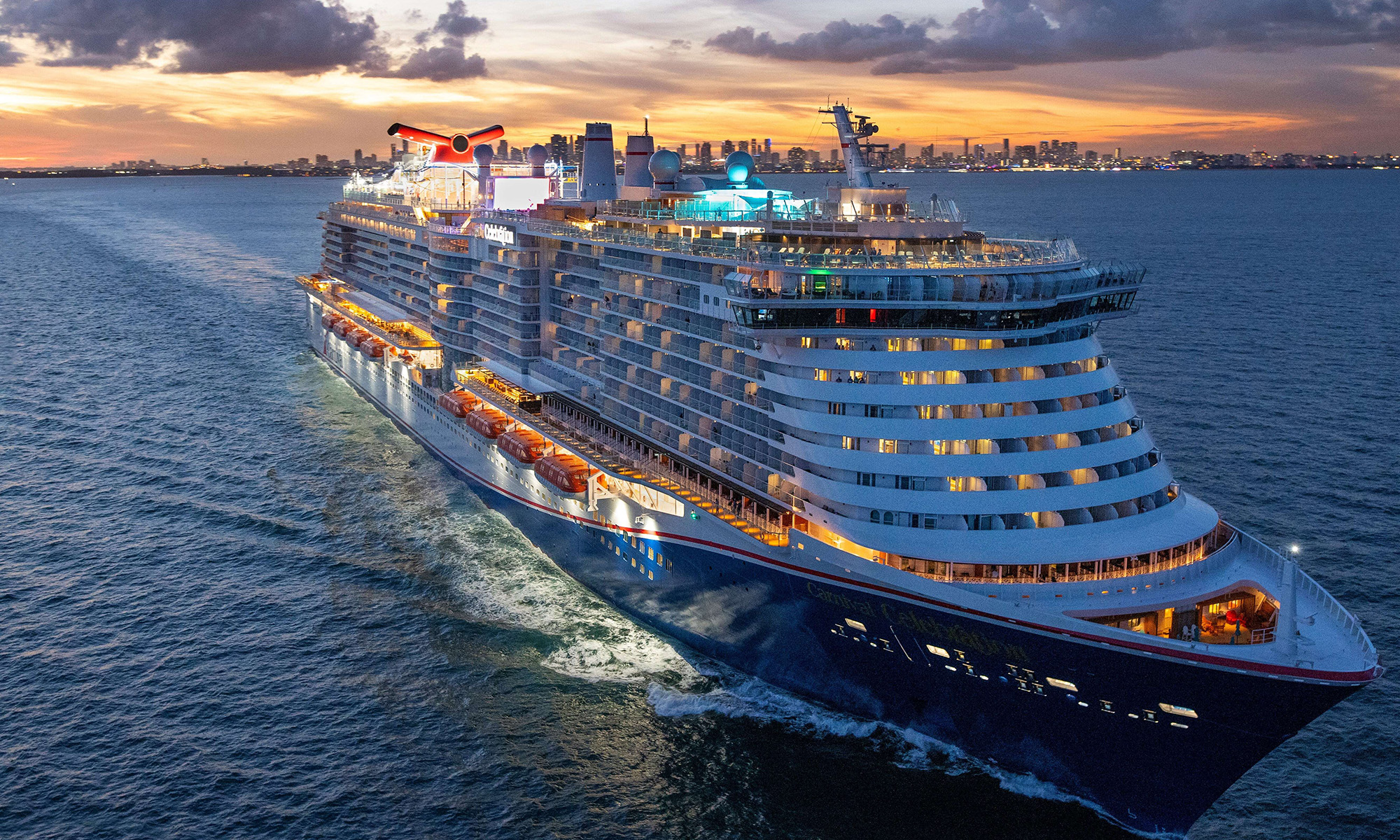BellRing Brands (NYSE:BRBR) is a play on the health and wellness trend that's overtaking most consumer products segments. From prepared foods to dining out, soft drinks to adult beverages, consumers are more circumspect about the products they're buying.
This maker of protein bars, shakes, and powders was spun off from cereal maker Post Holdings' (POST 0.94%) active nutrition segment in mid-October, and since its IPO, the stock has jumped 58% from its $14 offer price. Wall Street also seems bullish about the stock, with seven of eight analysts rating it the equivalent of a buy.
It's a crowded space, however, so let's look a bit closer to see if this pure play on convenient nutrition can capitalize on the trend.

Some of BellRing's quick-nutrition products. Image source: BellRing Brands.
Nutrition to go
Under Post Holdings, the company was created by the acquisition of Premier Protein, Dymatize, and PowerBar, which are now its three leading brands, though Premier Protein accounts for 80% of its $854 million in total annual revenue. It is also the No. 1 brand in the space, but BellRing says it has just 5% penetration into U.S. households, meaning there is ample room for expansion.
It certainly has the potential to reach more consumers, as Costco (COST +0.30%) and Walmart (WMT 1.29%), including Sam's Club, account for 70% of those sales. Yet by being so concentrated in just two retailers, it heightens the risk if one or both should choose to scale back on stocking its products.
BellRing does recognize the risk, and during its first quarterly earnings conference call as a public company, it said that expanding its distribution was part of its three-step plan to continue growing, which also included increasing household penetration and introducing innovating products. International growth and mergers and acquisitions are on the road map, too, although they're further off.
But BellRing also said that one of the easiest ways to increase its penetration rates was to grab more shelf space in its existing channels. CEO Darcy Davenport noted that although Premier Protein had a 16% share of the ready-to-drink market, it only held 5% share of the shelf space. Pursuing that could increase its reliance on Costco and Walmart even further.
The time for resolutions
But the market is big. According to Davenport, convenient nutrition in the U.S. is a $17 billion sales opportunity, one that is growing about 7% annually. "Macro trends like mainstreaming of proteins, convenience, and snacking are all fueling that growth," she told analysts.
It's also an opportune time, too, as the New Year is when people set a lot of resolutions they'll be breaking in a few weeks or months. January, February, and March is also when BellRing tries to time its new product launches, though Davenport admitted it had taken a backseat in recent years. So coupled with the increased marketing it plans to do in 2020, there is potential to grab greater mindshare. Its e-commerce business also grew 30% last year and now accounts for 6% of total sales.
Eventually she sees a "nascent" opportunity in the U.K., China, and the Middle East, but the best opportunity it has right now is to grow Premier Protein organically. Since 2016, BellRing has grown organic sales at a compound 14% annual rate that Davenport says has led to "a strong combination of scale, organic growth, strong margins, and high free cash flow generation."
A captive audience
Yet BellRing Brands is still beholden to Post Holdings, which owns 71% of the economic interest of the nutrition company and controls 67% of the voting power. That means Post will decide how BellRing will operate, which may not align with outside investor interests.
Moreover, if you look at BellRing's fourth-quarter financial statements, it may seem like a lightly indebted company, but that's because the quarter ended before the IPO. As part of going public, it had to take on a significant amount of debt, some $800 million, and BellRing notes that as long as Post is calling the shots, it is going to require the company to carry at least that much debt on the books.
No powering up to the next level
BellRing Brands has a chance to tap into consumer needs for more-convenient nutrition options, since grab-and-go health foods are a quickly growing category. But having come so far so fast, this stock might be a bit bloated, and investors won't find themselves ringing any bells by buying its shares now.








